The internet is overflowing with content, and with the rise of AI tools like ChatGPT and Jasper, it’s getting harder to tell whether something was written by a person or a machine. This is where an AI writing detector comes in—it’s like a digital lie detector for content, spotting whether your article was penned by a human or by artificial intelligence.
What Is an AI Writing Detector?
An AI writing detector is a tool designed to analyze and evaluate written text to determine if it was generated by an AI model. It uses specific patterns, word choices, and statistical models to make this call. These tools are becoming increasingly vital in education, publishing, and even law enforcement.
Why AI Writing Detector Matters Today
With AI-generated text becoming more convincing by the day, it’s crucial to maintain transparency. If readers, teachers, or employers can’t trust the origin of a piece of content, it raises ethical and credibility concerns. The ai writing detector helps fill this trust gap.
How AI Writing Detectors Work
Natural Language Patterns
AI tends to write in consistent, overly polished patterns. Detectors look for this lack of human spontaneity.
Burstiness & Perplexity
Burstiness is the variation in sentence length and complexity. Human writing usually has more burstiness. Perplexity measures how predictable a word is in a sentence. Low perplexity often signals AI content.
Syntax and Style Clues
Many AI systems still struggle with tone, nuance, and slang. Detectors look for robotic structures or unnatural transitions in thought.

Popular AI Writing Detectors on the Market
GPTZero
Known for its straightforward interface, it’s widely used by teachers.
Copyleaks AI Content Detector
Supports multiple languages and comes with plagiarism detection.
Writer.com AI Content Detector
Perfect for content marketers checking blog posts, product descriptions, and copy.
ZeroGPT
This tool offers percentage-based AI detection, giving users an idea of how much AI was involved.
Benefits of Using an AI Writing Detector
- Ensures academic integrity
- Verifies authorship
- Builds trust with audiences
- Helps recruiters identify auto-generated resumes
- Encourages original thinking and effort
Limitations and False Positives
No detector is perfect. They may flag honest human work as AI-generated, especially if the writer uses a simple or structured style. It’s essential to use these tools alongside human judgment.

Human vs AI Writing – How to Tell the Difference
Human writing often includes personal experiences, slang, sarcasm, or analogies. AI writing is more factual, even-toned, and lacks emotional depth. However, as models evolve, the differences are narrowing fast.
Who Uses AI Writing Detectors?
Educators
To uphold academic honesty in essays and research papers.
Publishers and Bloggers
To verify whether submissions are original or AI-recycled content.
Recruiters
To weed out auto-generated cover letters and resumes.
Legal and Compliance Teams
To validate the originality of legally sensitive documents.
Are AI Writing Detectors Always Accurate?
Short answer: No. While most are reliable 70–90% of the time, they aren’t foolproof. False positives and negatives still occur, especially with short-form text.
Ethical Considerations in Using AI Detectors
Before labeling content as “AI-generated,” consider the consequences. It could unfairly penalize someone. Use the ai writing detector as a tool, not a final judge.
Best Practices for AI Content Identification
- Run multiple detectors for cross-checking
- Consider context—was the use of AI disclosed?
- Use detection for longer content for better accuracy
- Don’t solely rely on percentages; review the text manually
How to Write More Human-like If You’re Using AI Tools
- Add personal stories or unique opinions
- Break up the rhythm—use short and long sentences
- Inject emotion, humor, or rhetorical questions
- Always review and edit the content manually
Future of AI Writing Detectors
AI is getting smarter, but so are detectors. Soon, we might see browser plug-ins or operating systems with built-in detection tools. The war between creation and detection is just getting started.
As we move further into the AI age, tools like the ai writing detector are essential to keep content genuine and trustworthy. Whether you’re a teacher, content creator, or business owner, knowing whether something is human-written or AI-generated has never been more important. Use these tools wisely, combine them with human insight, and always strive for authenticity.
FAQs About The AI Writing Detector
Can AI writing detectors catch every AI-written text?
No, but they are fairly accurate and constantly improving. They’re best used as part of a larger evaluation process.
Are AI writing detectors free to use?
Some offer free versions (like GPTZero and ZeroGPT), but full features usually require payment.
Can I fool an AI detector by editing the text?
Yes, light human editing can reduce detection rates. That’s why detectors aren’t 100% foolproof.
Do all AI models get detected the same way?
No. Some newer models like GPT-4 are harder to detect than older versions like GPT-2.
Is it wrong to use AI to write content?
Not necessarily—but disclosing it and editing the content to sound natural is key to ethical use.

сервисный ремонту телевизоров тошиба [url=https://toshiba-remont-moskva.ru/]ремонт телевизоров тошиба[/url] – профессиональный ремонт с гарантией качества.
Crash point logic in aviator game review revealed